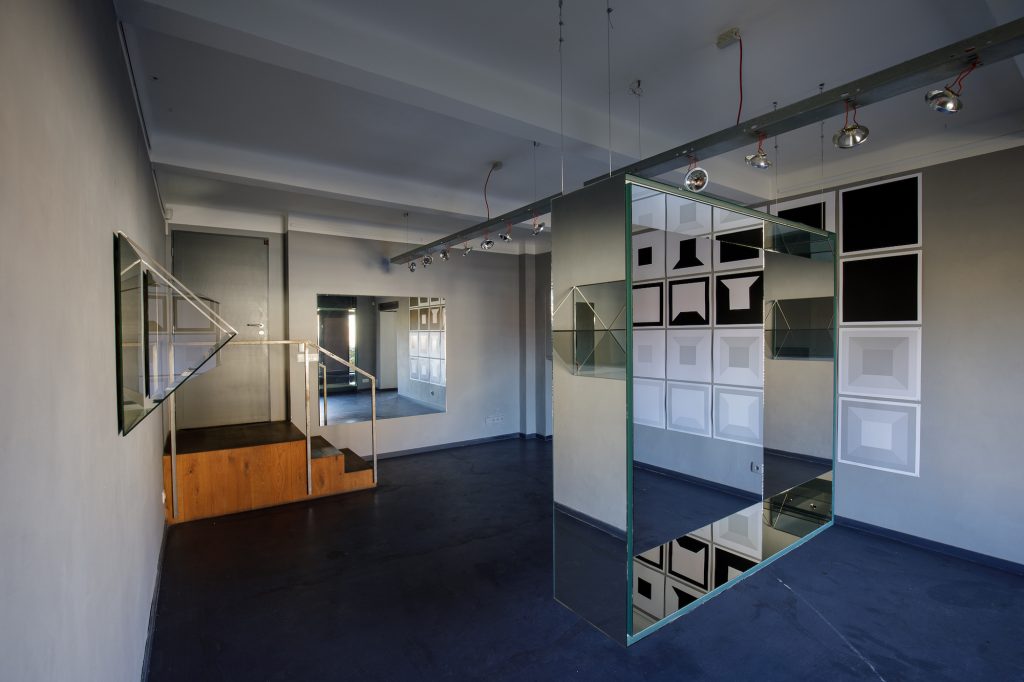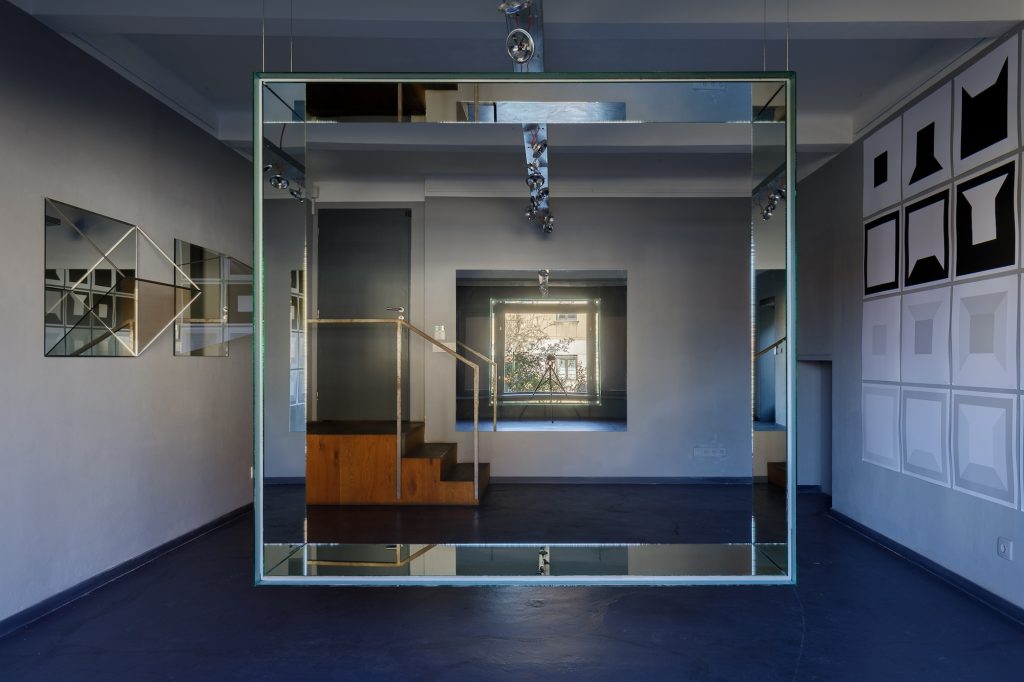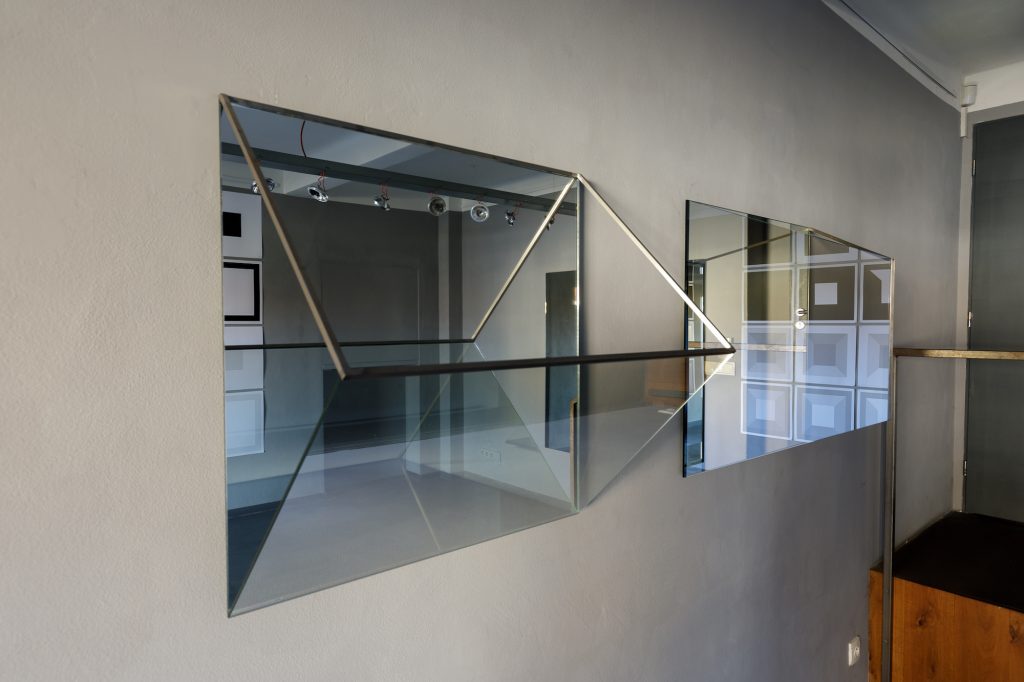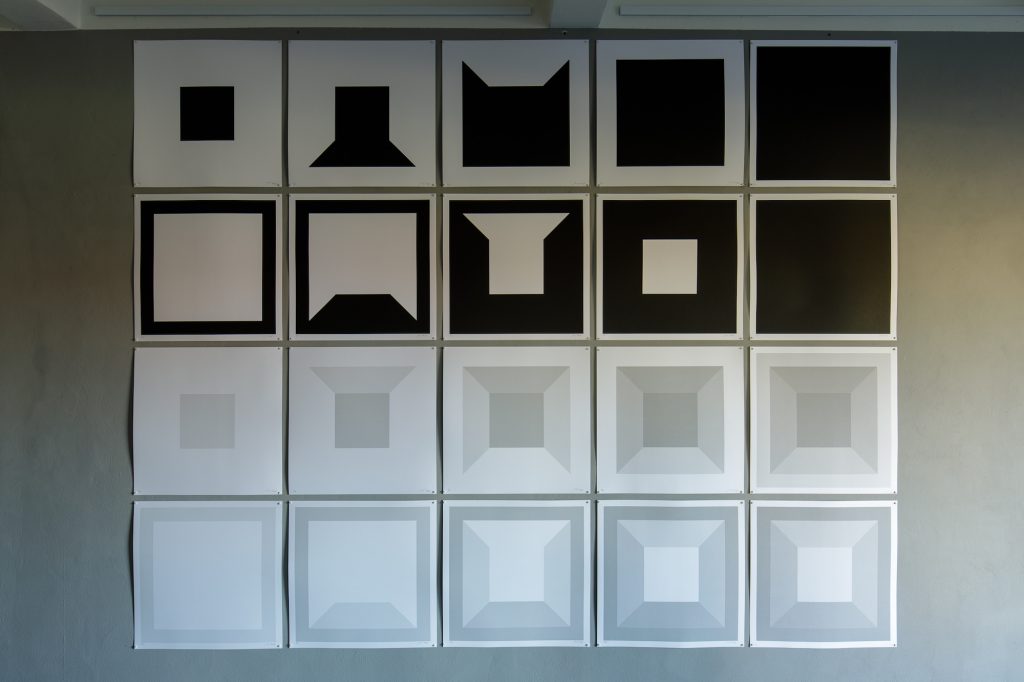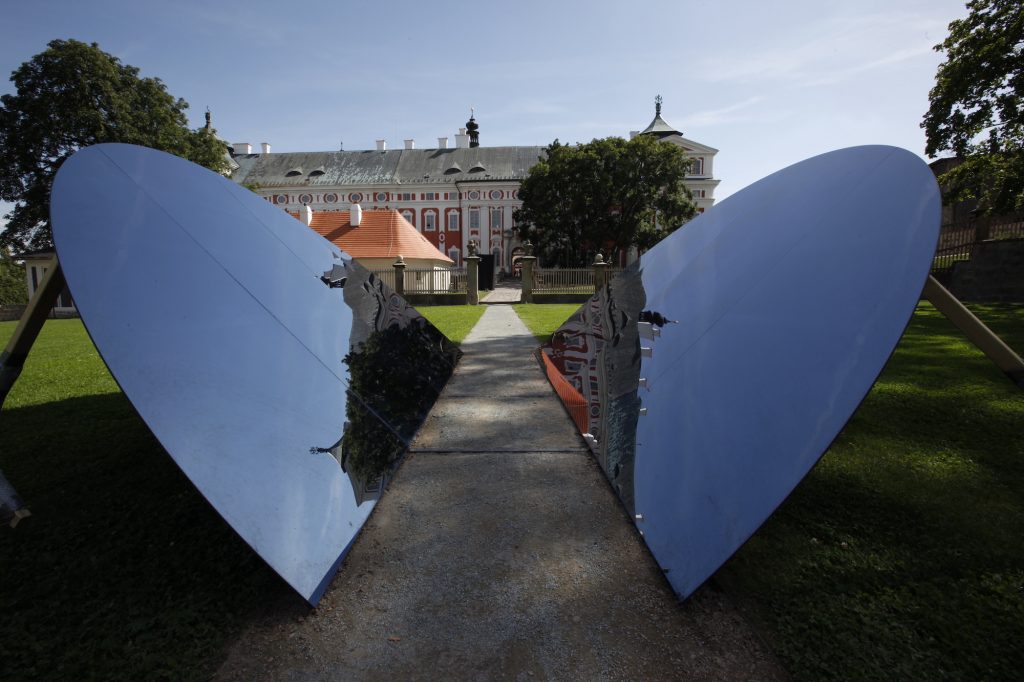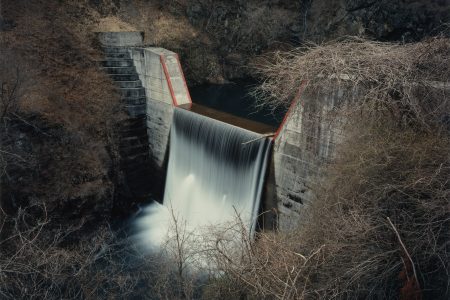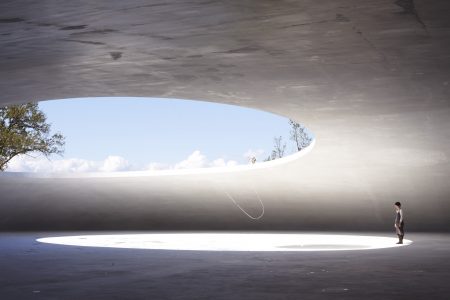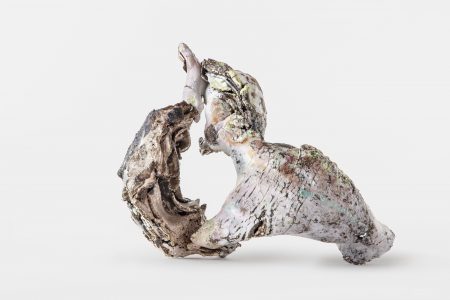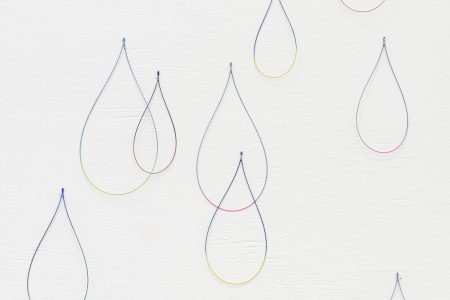Michal Motyčka: Outside View
Contemporary Czech artist and architect, Michal Motyčka, presents a series of new sculptural glass and mirrored work at Galerie Kuzebauch through February 3, 2022.
Michal Motyčka is an artist and architect whose work often focuses on the overlap between architecture and contemporary visual arts, landscape design and cultivating new relationships between man, his surroundings, and the world of architecture. From the outset, Motyčka has explored a number of core concepts through his work including spatial relationships and sensory connections. In later years, this was supplemented by a greater interest in space in terms of scale, atmosphere and mood. The concept of space is one of the artist’s lifelong passions, explored as a reaction to a given location and man’s presence therein.
As a visual artist, Michal Motyčka uses sculpture to highlight, transform and customise a given space. Through this, he seeks to figuratively get to the heart of the matter. Installations are created via the medium of glass objects, neon lights, or mirrors and presented with a definitive view of scale and the unostentatious application of materials, albeit with the aim of a maximum perceptible impact. Diamanty (Diamonds), 2014, is an installation that does not serve to create any kind of new functional environment, nor does it propose any kind of architectural solution. Rather, it seeks to adapt and integrate the content of its visual form with the spatial relationships and inherent aesthetic “energy” offered by a given location. In this project, diamond-shaped structures were installed in a seafront area. The highly reflective nature of these objects served to also reflect the movement of visitors as well as of the sky. In this way, structures of a seemingly simple geometric shape interacted with their environment in a constant state of visual flux. Such art then becomes imbued with all the lights, colours and shapes of its changing surroundings and these radiating and reflective properties also impact and transform the space in which they reside. The artist’s ambitions were to create sculptures that would bring an environment to life, shattering existing preconceptions and habits, and attracting viewers to understand such works via a landscape of paths, grassy areas, waterways, trees and landscape architecture, with the scents and ever-changing playful aesthetic interplay of light serving as a key component of the experience.
Lighting serves as a key to discovering the kind of universal principles that Motyčka explores in his spatial installations. This can be described as a kind of natural confrontation with the surroundings, as well as a fresh opportunity to unveil a new way of seeing. Lighting represents a variety of interpretative meanings, for example offering moments of surprise that then lead to the discovery of additional information about a given situation. In order to appreciate an artwork, the viewer must undertake a journey of discovery, exploration, and movement around its contours. Such purposeful motion on the part of the viewer requires effort as well as perceptive curiosity. Thus, a walk around an art object can transform the world around us into a very tangible experience – the journey from A to B can lead to the adoption of a deeper insight into a given environment, be it the layout of a monastic cloister or a baroque garden. In studying this journey, perhaps the viewer also discovers visual changes in the water level caused by the wind, or a light that glimmers in the reflections of the water before a storm. We then realise that an objective goal is not necessary in order to continue on this walking journey. The aim of such artistic interventions is to offer an experience of the true living world – to awaken the senses and awareness in a mindset that is otherwise largely focused on more mundane matters of mere navigation and situational safety. We are able to see, experience, and understand more by simply better following the events occurring around us, and to react to them with care, judgement, and sensitivity with the aid of our internal consciousness and intuition. Perhaps we require more time to think, to experience the presence of the real world from a different perspective, or from a collection of perspectives. For example, the eye-level viewpoint differs to what can be seen from above or from far above. Ultimately, human determination enables the creation of a complex degree of situational awareness and to commit this to permanent memory.
Michal Motyčka’s solo exhibition Outside View is at Galerie Kuzebauch through February 3, 2022.
galeriekuzebauch.com
@galeriekuzebauch
